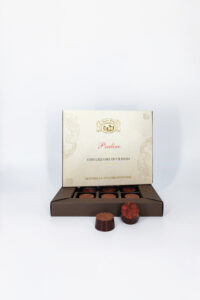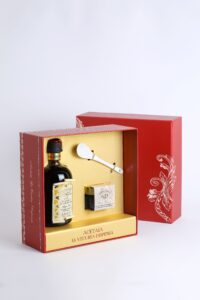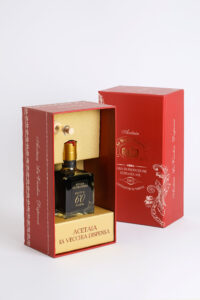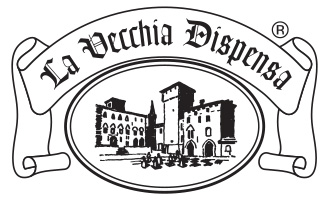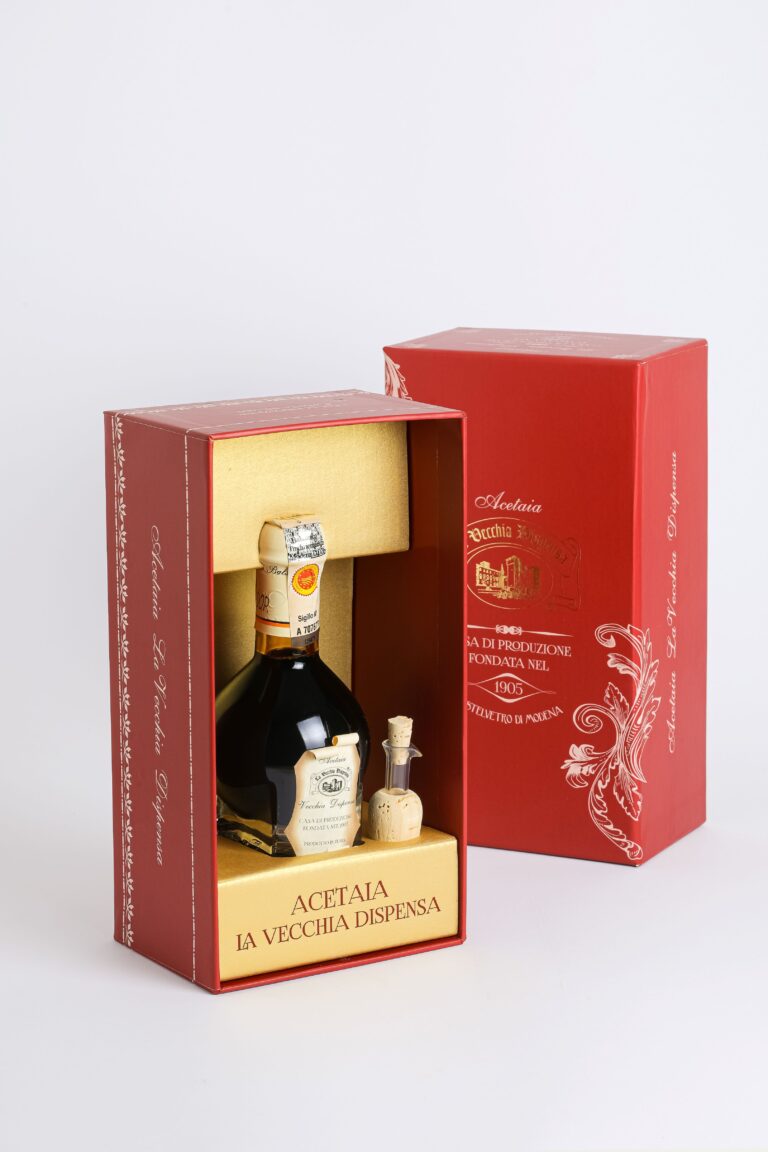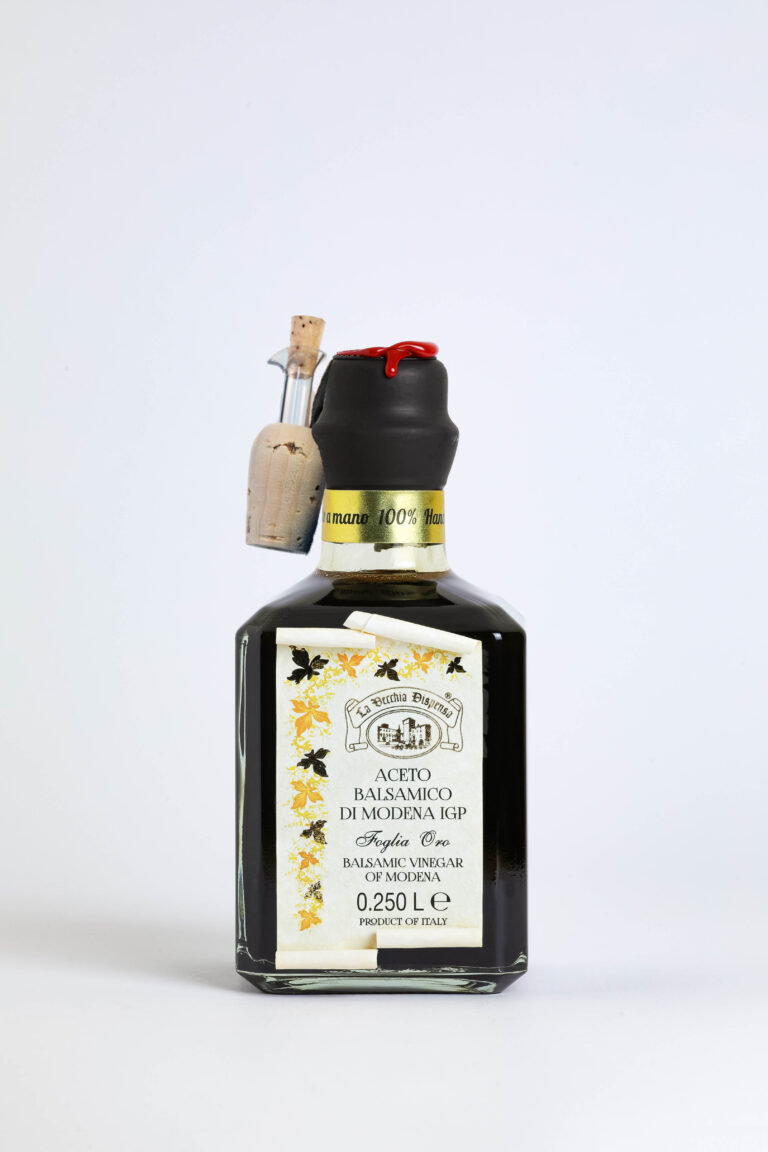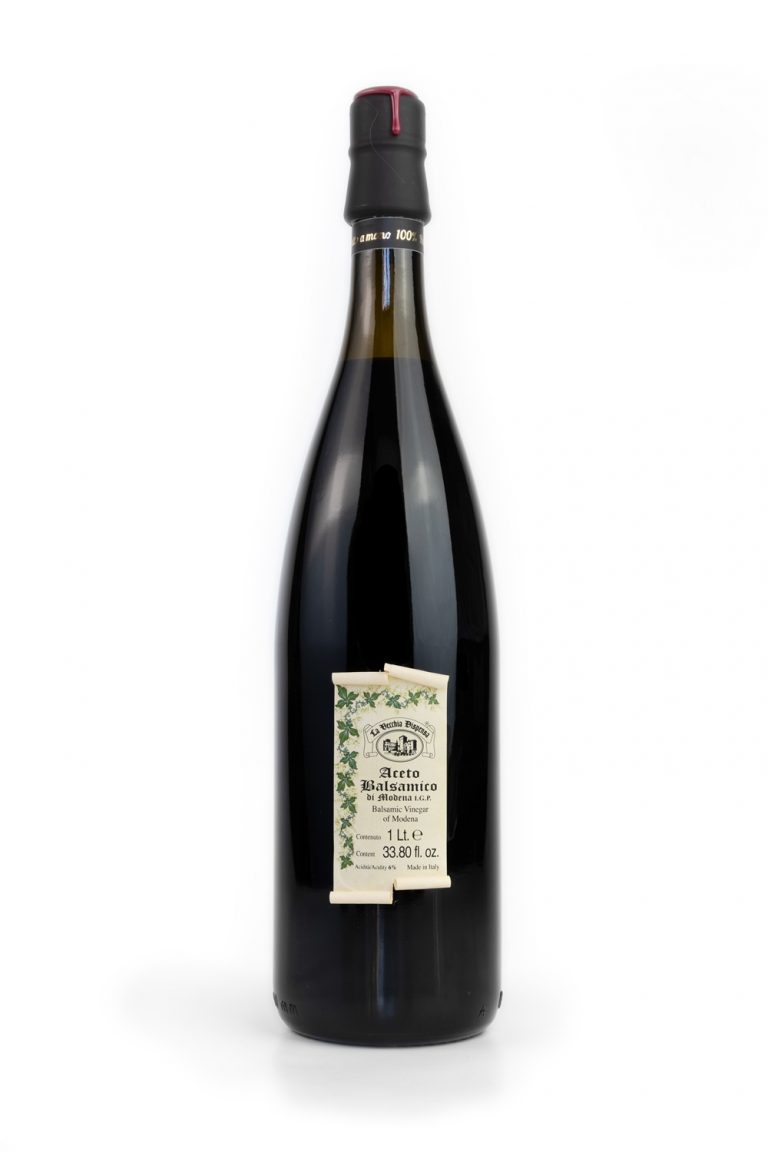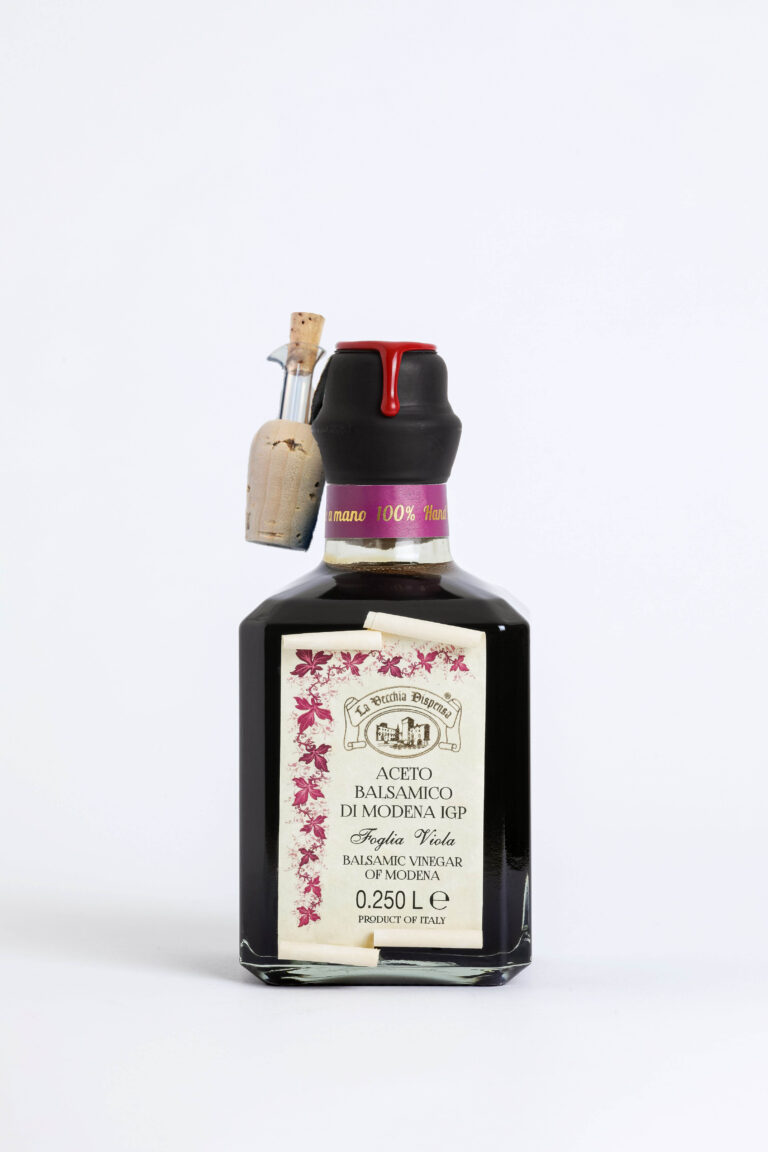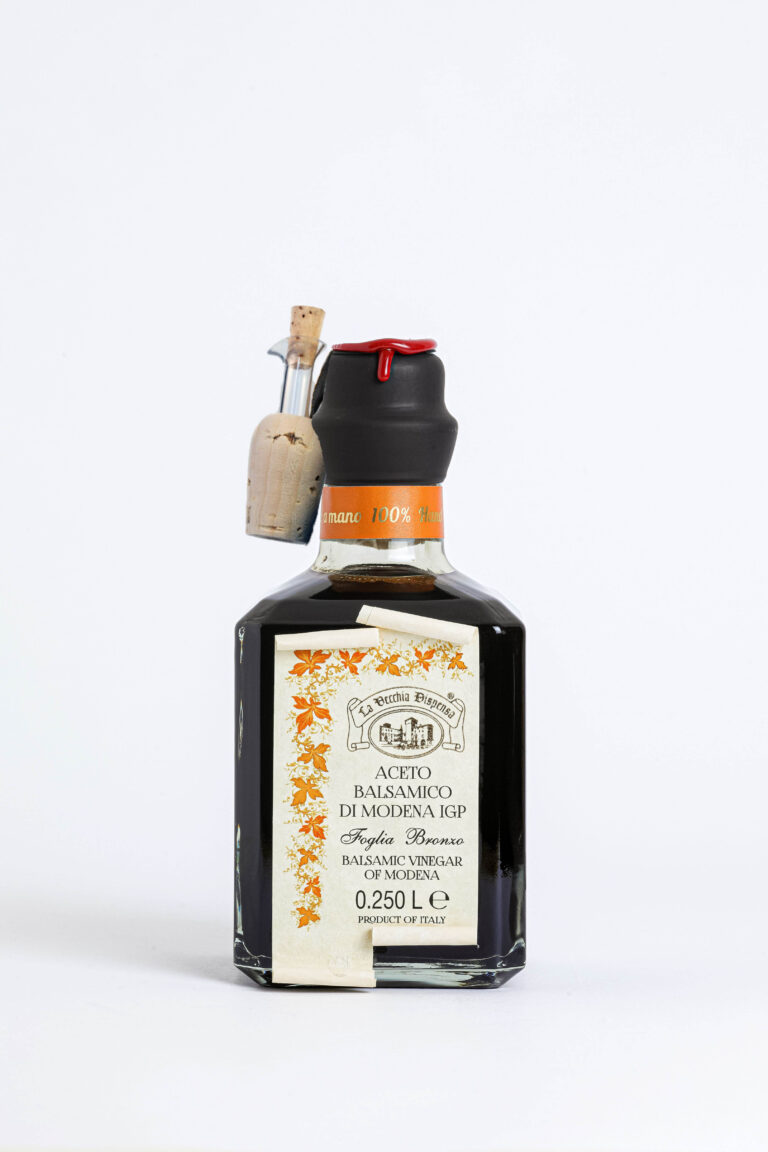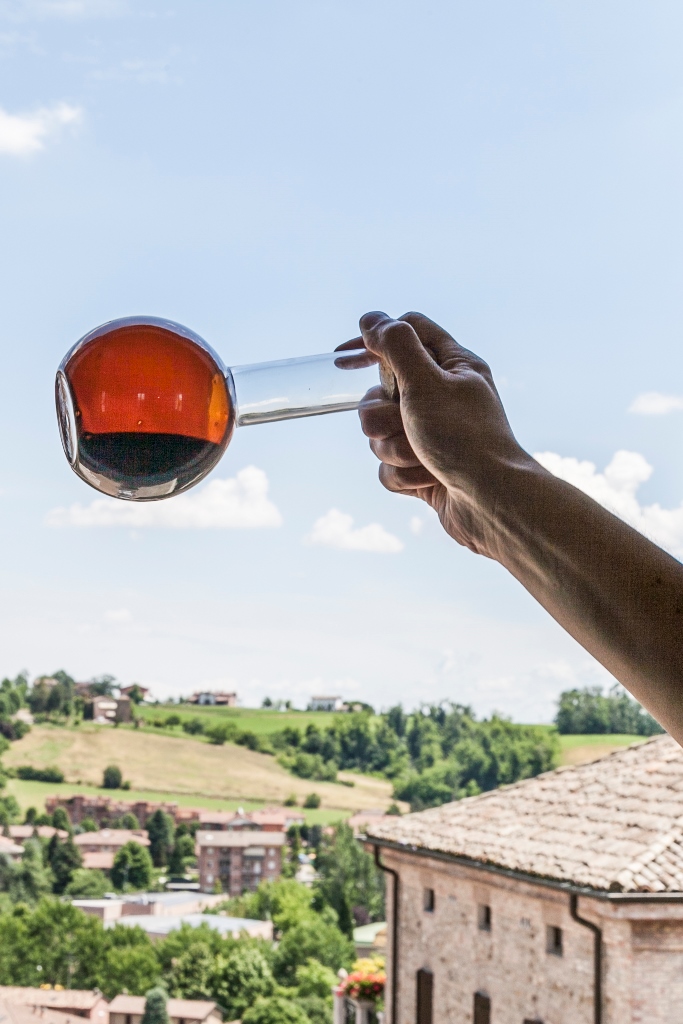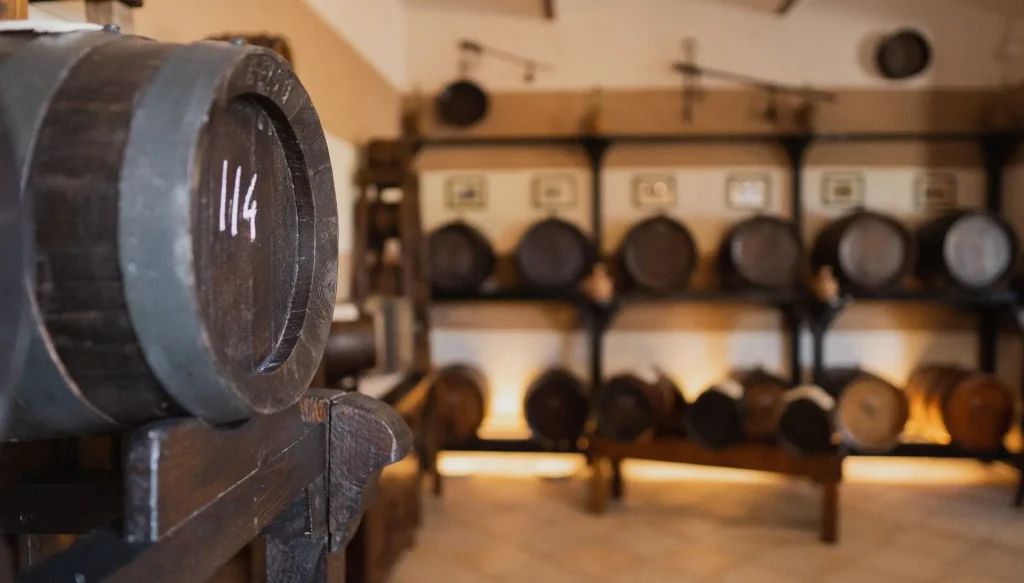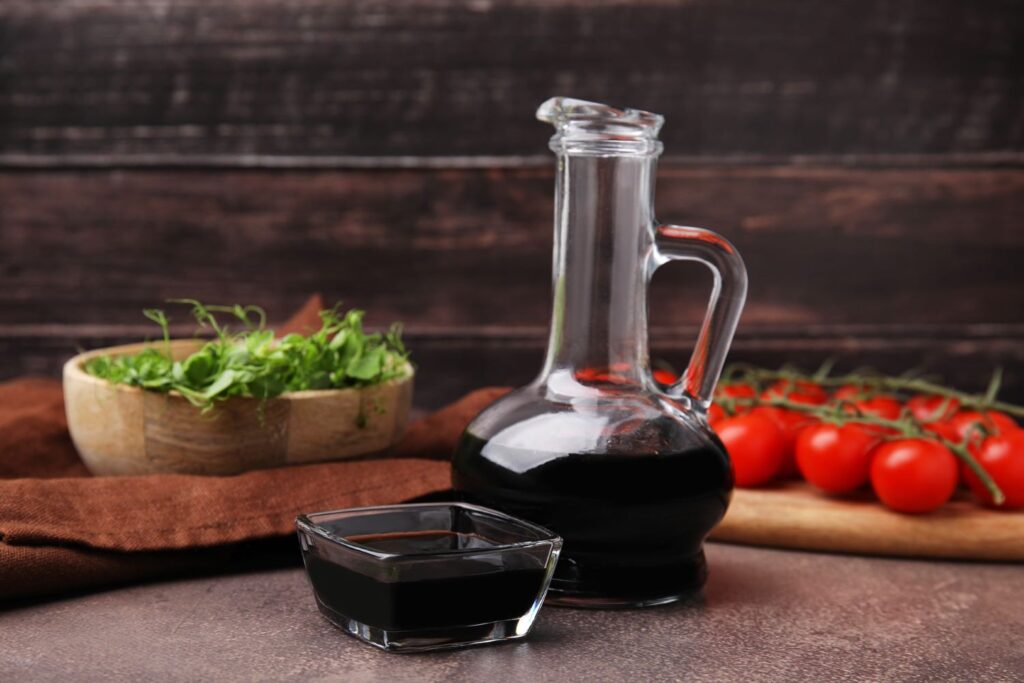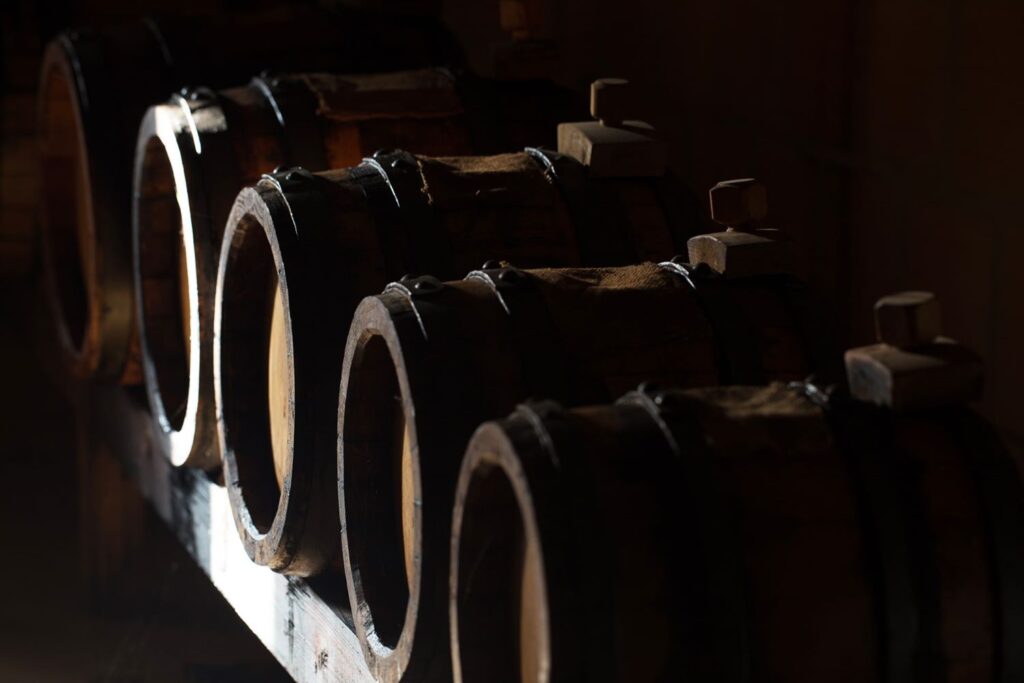Vinegar is generally considered as the final product of a common natural chemical transformation process. The very term “acetification” or acetic fermentation derives from the word “aceto” (it. “vinegar”), and it is to be considered a real oxidation. The most famous vinegar in the world is Balsamic Vinegar of Modena, a product well known by people of different social classes and cultures, often completely different one from the other, but united by a high appreciation of the balsamic notes of the “Black Gold” of our lands. For various reasons, however, people ask themselves a question that has to be answered clearly: does Balsamic Vinegar of Modena contain alcohol?
Let’s start properly from answering this frequently asked question. And first of all, we will explain to you the production process of Balsamic Vinegar of Modena, which will make you appreciate and fall in love even more with this typical millenary product, fruit of the nature open to laborious discoveries of technology, still remaining faithful and in harmony with the centuries-old tradition.
Acetic Fermentation.
For the production of Traditional Balsamic Vinegar of Modena, it is necessary to follow a rigorous procedure, which includes typical passages necessary for obtaining an edible and tasty final product. It foresees a double fermentation:
- Sugars present in the selected and precious grape musts pass through the first fermentation becoming ethanol (ethyl alcohol typical of wines);
- Acetic bacteria, in the presence of oxygen, transform alcohol into acetic acid, giving life to the vinegar.
Therefore, the acetic fermentation is the key passage in the production process of Balsamic Vinegar of Modena. It is a chemical process, that transforms the wine ethanol into acetic acid throughout the oxidation and it is implemented by the bacteria of the Acetobacter genus. The chemical process is: ethyl alcohol + oxygen => acetic acid + water (C2H5OH + O2 → CH3COOH + H2O).
Ethanol is also present in cereals, fruit and other foods, but in this case its transformation into acetic acid alters the organoleptic properties of these foods, making them inedible and unpleasant to the palate.
Therefore, talking about the transformation of ethanol (ethyl alcohol) into acetic acid, we can state that Balsamic Vinegar of Modena does not contain alcohol. In fact, according to Italian Legislation the alcohol percentage of Balsamic Vinegar must always be under the threshold of 1,5% vol.; this 1,5% is normally the residue content of ethanol that does not undergo transformation.
The vol. indications on the bottles of Balsamic Vinegar refer to the degree of acetic acid, not to that of alcohol. These numbers indicate the acidity of the product, not the alcohol content. Balsamic Vinegar of Modena requires the minimum degree of acetic acid 6%, while the Traditional Balsamic Vinegar has a lower threshold that starts from 4,5%.
Balsamic Vinegar of Modena does NOT contain alcohol.
The scarce alcohol content (close to zero) in Balsamic Vinegar of Modena, (both PDO and PGI) allows it to be used as a condiment by pregnant women, children and people suffering from disabling diseases, i.e. liver cirrhosis. Still, it is important to assume limited quantities of the product, respecting the recommended daily dose. Instead, people suffering from diabetes must pay particular attention, since Balsamic Vinegar is a product that can interfere with glucose levels in the blood and insulin production by the pancreas. Thus, it is better to avoid the consumption of this product.
